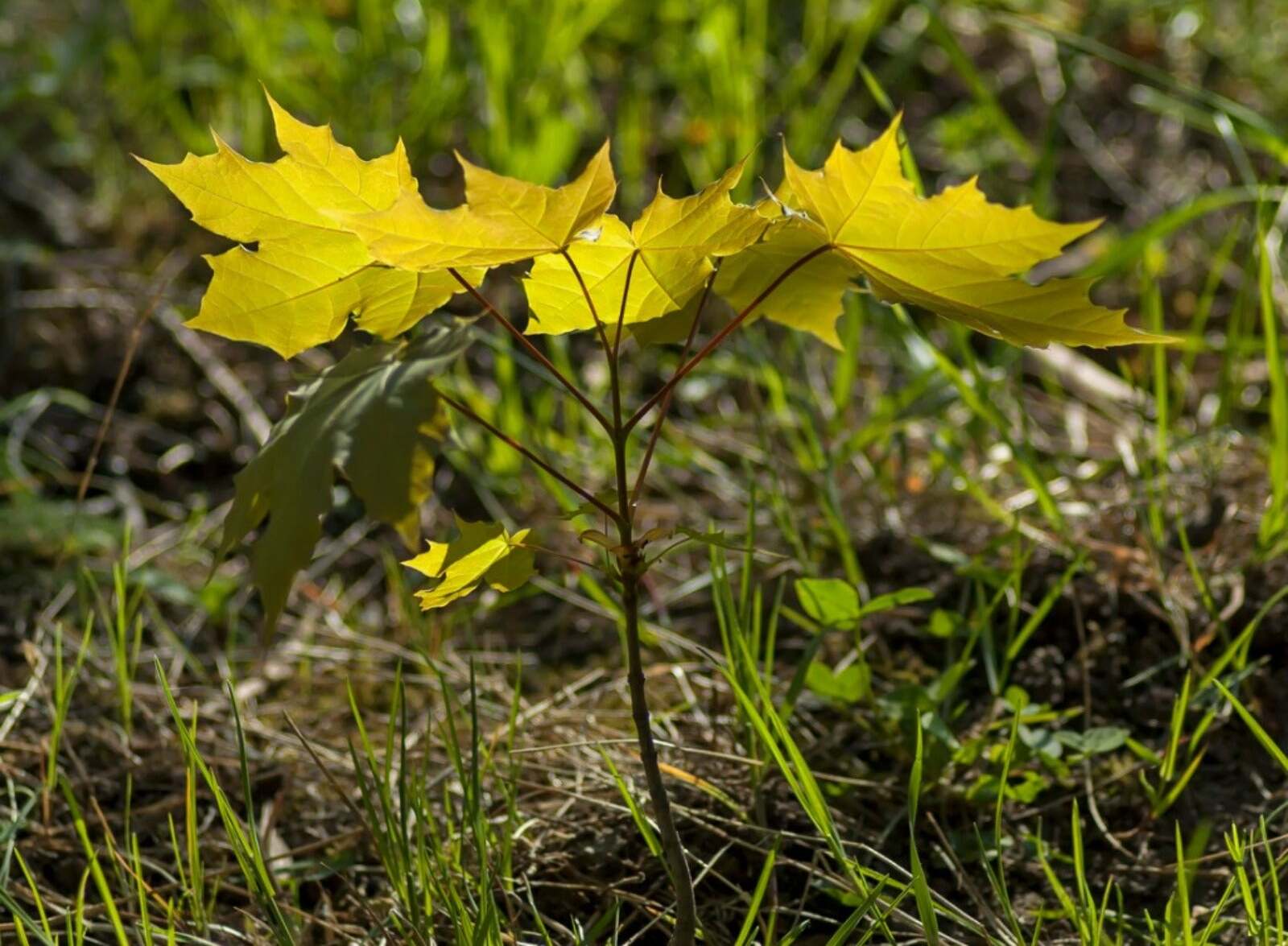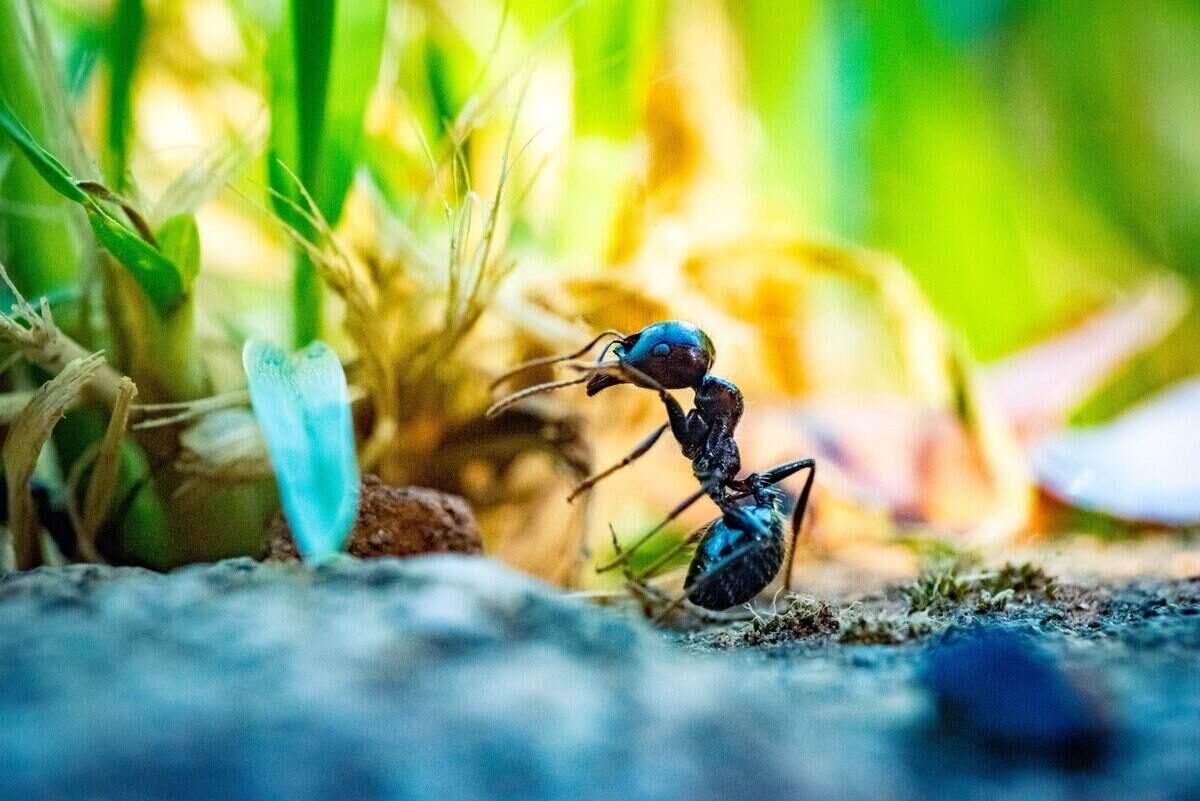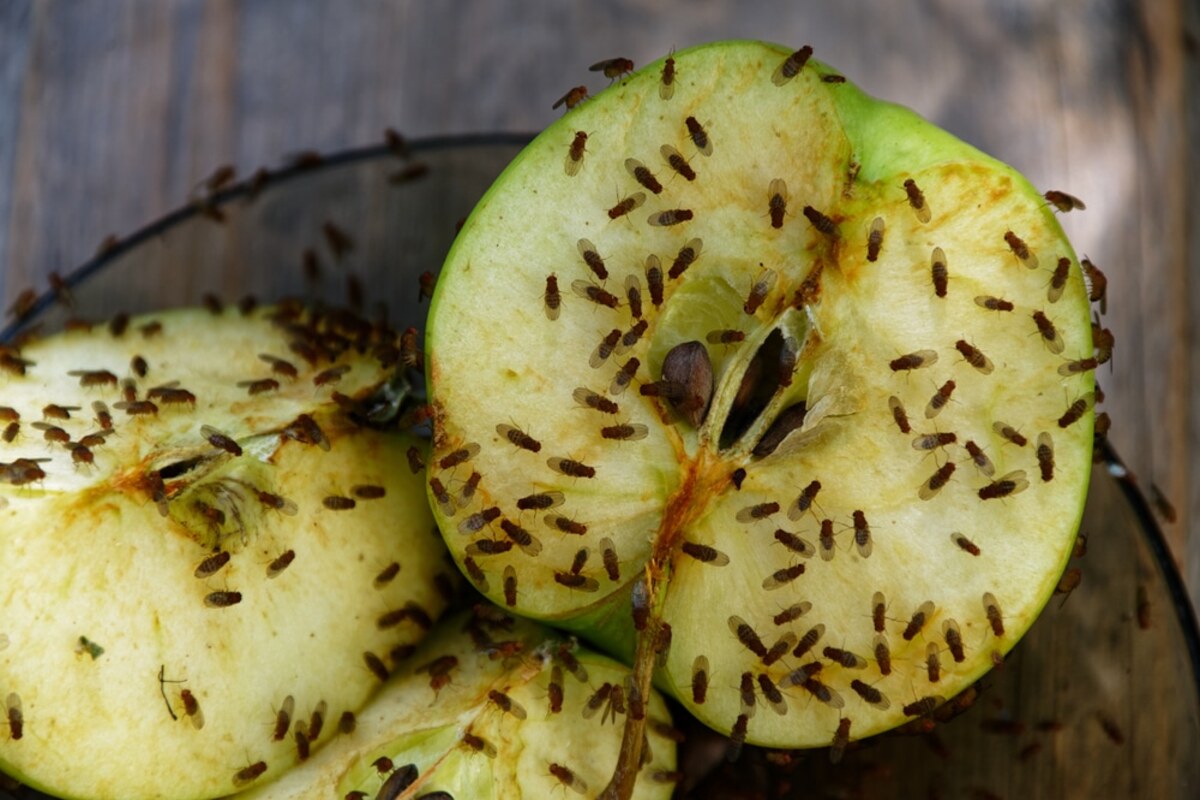Home>Gardening Tips and Tricks>Problem Solving>How To Get Rid Of Oak Seedlings In Lawn


Problem Solving
How To Get Rid Of Oak Seedlings In Lawn
Modified: January 22, 2024
Learn effective problem-solving techniques to remove oak seedlings from your lawn. Discover expert tips and methods for getting rid of unwanted oak seedlings and restoring the beauty of your lawn.
(Many of the links in this article redirect to a specific reviewed product. Your purchase of these products through affiliate links helps to generate commission for Chicagolandgardening.com, at no extra cost. Learn more)
Table of Contents
Introduction
Welcome to our guide on tackling oak seedlings in your lawn. While oak trees are majestic and provide numerous benefits, dealing with their seedlings in your lawn can be a challenging task. In this comprehensive article, we will explore effective methods for removing oak seedlings and preventing their recurrence. Whether you’re a seasoned gardener or a novice enthusiast, understanding the nuances of oak seedling removal is crucial for maintaining a healthy and vibrant lawn.
As we delve into the intricacies of managing oak seedlings, we’ll provide valuable insights into manual removal techniques and the judicious use of herbicides. Additionally, we’ll discuss preventive measures to minimize the emergence of oak seedlings in the future. By the end of this guide, you’ll be equipped with the knowledge and strategies necessary to reclaim your lawn from the encroachment of oak seedlings.
Let’s embark on this journey to restore the pristine beauty of your lawn and create an environment where your desired flora can thrive without the intrusion of unwanted oak seedlings.
Understanding Oak Seedlings
Before delving into the eradication of oak seedlings, it’s essential to comprehend their nature and characteristics. Oak seedlings, often originating from the acorns of mature oak trees, can proliferate in lawns due to factors such as wind dispersal and animal activity. These seedlings, if left unchecked, can mature into robust oak trees, posing a threat to the aesthetic and structural integrity of your lawn.
Identifying oak seedlings is crucial for effective removal. Typically, these seedlings feature distinctively lobed leaves and sturdy stems, which aid in their rapid growth. Understanding their growth patterns and the conditions conducive to their proliferation is pivotal in formulating a targeted approach for their elimination.
Moreover, oak seedlings exhibit resilience and adaptability, enabling them to thrive in diverse soil types and environmental conditions. Their robust root systems can penetrate the soil deeply, making manual removal a challenging task. By gaining insight into the tenacity and growth dynamics of oak seedlings, you’ll be better equipped to devise a comprehensive strategy for their eradication.
Stay tuned as we unravel the most effective methods for eradicating oak seedlings and preventing their reemergence, empowering you to reclaim your lawn and foster an environment conducive to the flourishing of your desired plant life.
Manual Removal
When confronting oak seedlings in your lawn, manual removal stands as a fundamental yet labor-intensive method for their eradication. This approach involves physically uprooting the seedlings to prevent their further growth. To execute manual removal effectively, it’s imperative to employ the following steps:
- Identifying Seedling Hotspots: Begin by surveying your lawn to pinpoint areas where oak seedlings are concentrated. By identifying these hotspots, you can prioritize your removal efforts and prevent the proliferation of seedlings.
- Utilizing Proper Tools: Equip yourself with a sturdy hand trowel or garden fork to facilitate the extraction of oak seedlings. These tools enable you to loosen the soil around the seedlings and extract them with minimal disturbance to the surrounding turf.
- Thorough Root Extraction: When removing oak seedlings, ensure that you extract the entire root system to prevent regrowth. Vigilance in root removal is essential, as even small remnants can lead to the resurgence of seedlings.
- Maintaining Consistency: Regular monitoring and removal of oak seedlings are crucial for preventing their establishment. By incorporating this practice into your lawn maintenance routine, you can effectively curb the spread of seedlings.
While manual removal demands dedication and persistence, it offers the advantage of minimizing the use of chemical agents, promoting a more natural approach to lawn care. By adhering to these manual removal techniques, you can effectively mitigate the presence of oak seedlings in your lawn and lay the foundation for a thriving, aesthetically pleasing outdoor space.
Using Herbicides
Employing herbicides can be an effective method for controlling oak seedlings in your lawn. When utilized judiciously, herbicides can target the unwanted vegetation while safeguarding the health of desirable plants. Before applying herbicides, it’s essential to consider the following factors:
- Selective Herbicides: Opt for selective herbicides that specifically target broadleaf plants, such as oak seedlings, while sparing grass and other desired flora. This targeted approach minimizes collateral damage and preserves the overall integrity of your lawn.
- Application Timing: Timing is critical when applying herbicides to combat oak seedlings. Aim to administer the herbicide during the seedlings’ active growth phase for optimal effectiveness. Additionally, consider weather conditions to ensure that the herbicide application is not compromised by rain or excessive heat.
- Adherence to Safety Guidelines: Prior to using herbicides, familiarize yourself with safety precautions and usage instructions provided by the product manufacturer. Utilize appropriate protective gear and adhere to recommended application rates to ensure safe and effective usage.
- Post-Application Monitoring: After applying herbicides, monitor the treated areas to assess the efficacy of the treatment and identify any potential regrowth. Promptly address any resurgence of oak seedlings to prevent their establishment.
It’s important to approach herbicide usage with care and mindfulness, considering the potential impact on the surrounding ecosystem. By following these guidelines and exercising prudence in herbicide application, you can effectively manage oak seedlings in your lawn while promoting the flourishing of desired vegetation.
Preventing Oak Seedlings in the Future
Besides addressing existing oak seedlings, implementing preventive measures is paramount to curbing their recurrence and maintaining a healthy lawn. By integrating proactive strategies into your lawn care regimen, you can minimize the emergence of oak seedlings and foster an environment conducive to the growth of desired flora. Consider the following preventive measures:
- Regular Lawn Maintenance: Sustaining a well-maintained lawn through consistent mowing, aeration, and fertilization can inhibit the establishment of oak seedlings. A healthy and robust turf impedes the colonization of undesirable vegetation.
- Seedling Monitoring: Routinely inspect your lawn for the presence of oak seedlings, especially after periods of precipitation or windy weather. Prompt identification and removal of newly sprouted seedlings can prevent their proliferation.
- Soil Amendment: Assess the soil composition and pH levels in your lawn to ensure optimal conditions for desired plants. Amending the soil as needed can create an inhospitable environment for oak seedlings, deterring their growth.
- Strategic Mulching: Utilize mulch in garden beds and around trees to suppress the emergence of oak seedlings. A layer of mulch acts as a barrier, inhibiting the germination and growth of unwanted vegetation.
By integrating these preventive strategies into your lawn care routine, you can fortify your lawn against the encroachment of oak seedlings and nurture an environment where your preferred plants can thrive. Embracing a proactive approach to weed management is instrumental in preserving the beauty and vitality of your outdoor space.
Conclusion
Managing oak seedlings in your lawn demands a multifaceted approach that encompasses understanding their growth dynamics, employing effective removal methods, and implementing preventive measures. By familiarizing yourself with the distinct characteristics of oak seedlings and their resilience, you can devise targeted strategies for their eradication.
Manual removal, characterized by diligence and precision, offers a natural and sustainable means of curbing the proliferation of oak seedlings. This hands-on approach not only mitigates the presence of unwanted vegetation but also fosters a deeper connection with your lawn and garden.
Furthermore, judicious use of herbicides, when applied in accordance with safety guidelines and environmental considerations, can serve as a valuable tool in managing oak seedlings. Selective herbicides, timed application, and post-treatment monitoring are pivotal in ensuring effective control while safeguarding the overall health of your lawn.
Looking ahead, prioritizing preventive measures is essential for long-term weed management. By integrating regular lawn maintenance, vigilant seedling monitoring, soil amendment, and strategic mulching, you can create an inhospitable environment for oak seedlings and nurture a thriving landscape.
As you embark on the journey to reclaim your lawn from the encroachment of oak seedlings, remember that perseverance and attentiveness are key virtues. By implementing the insights and techniques outlined in this guide, you are empowered to transform your lawn into a flourishing oasis, free from the intrusion of unwanted vegetation.
Embrace the opportunity to cultivate a vibrant and resilient lawn, where the beauty of your chosen flora can thrive without the imposition of oak seedlings. With dedication and informed practices, you can achieve a harmonious and visually captivating outdoor space that reflects your care and commitment to nurturing a healthy environment.








